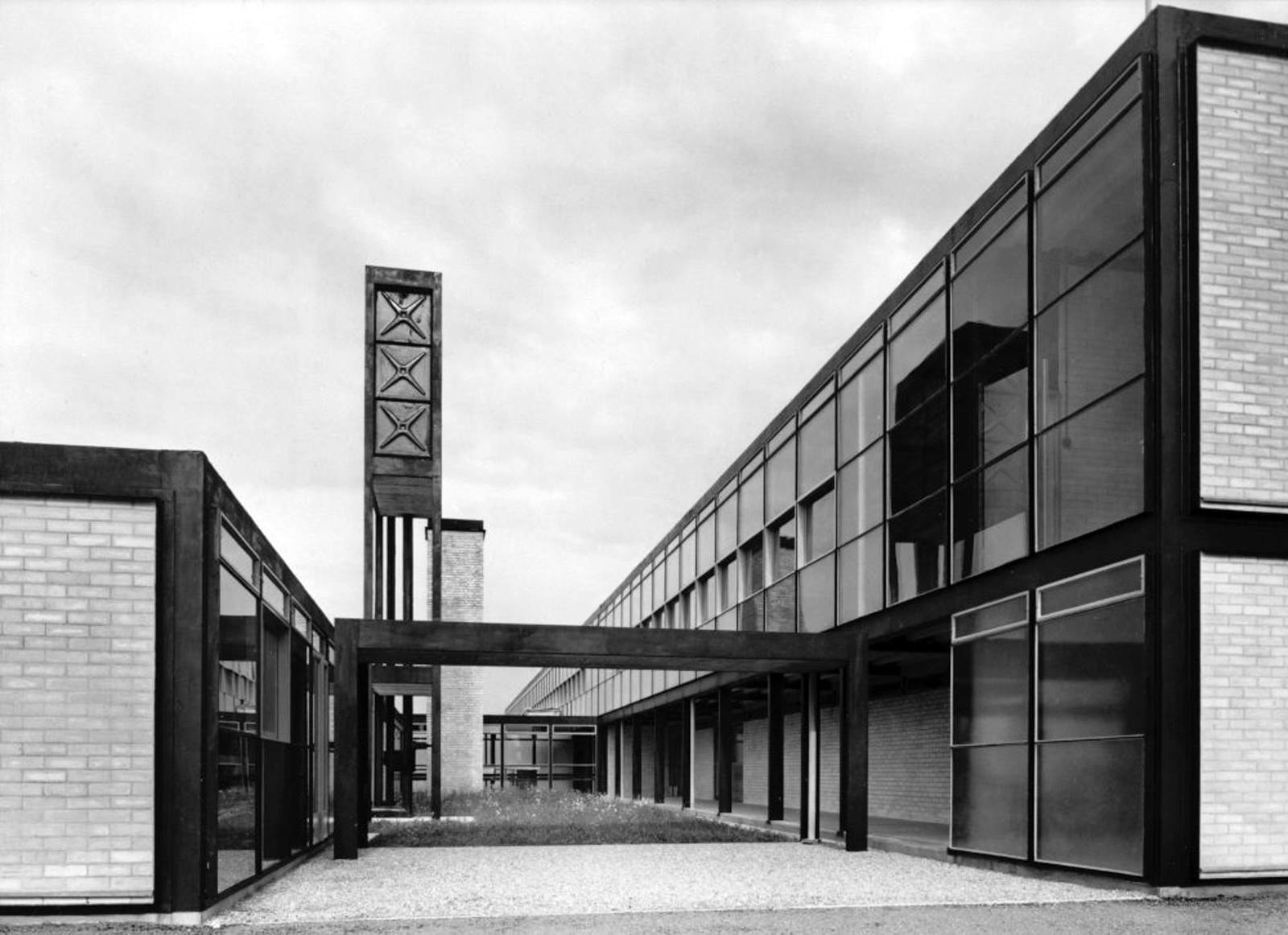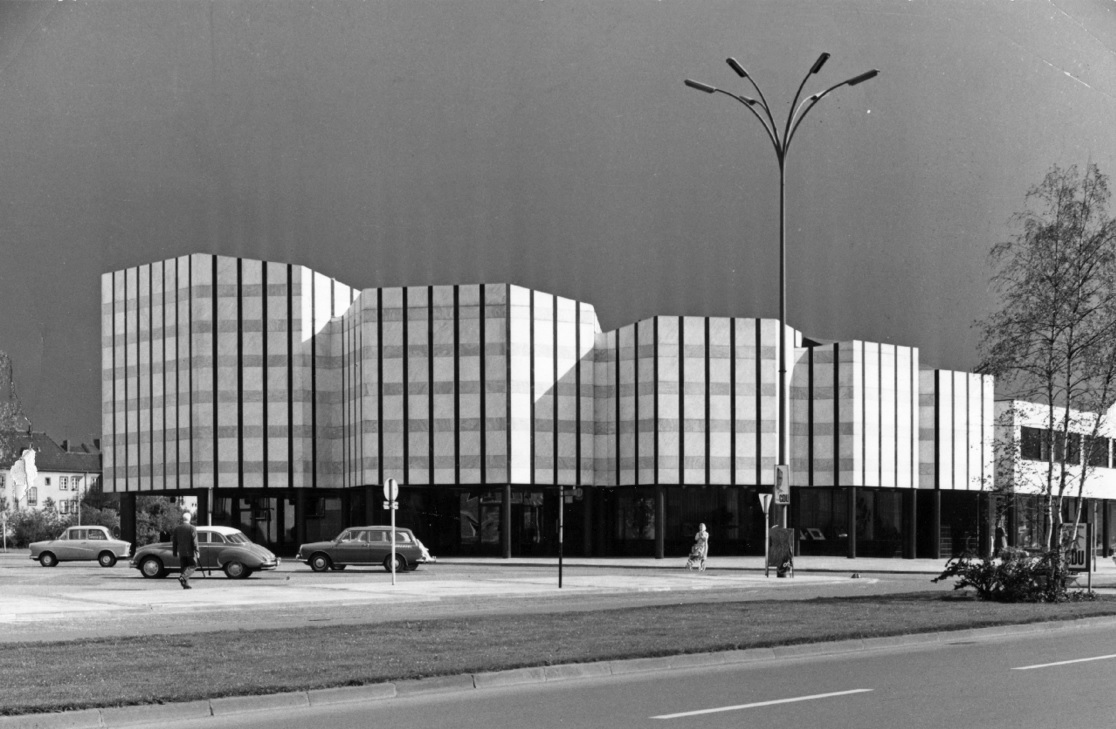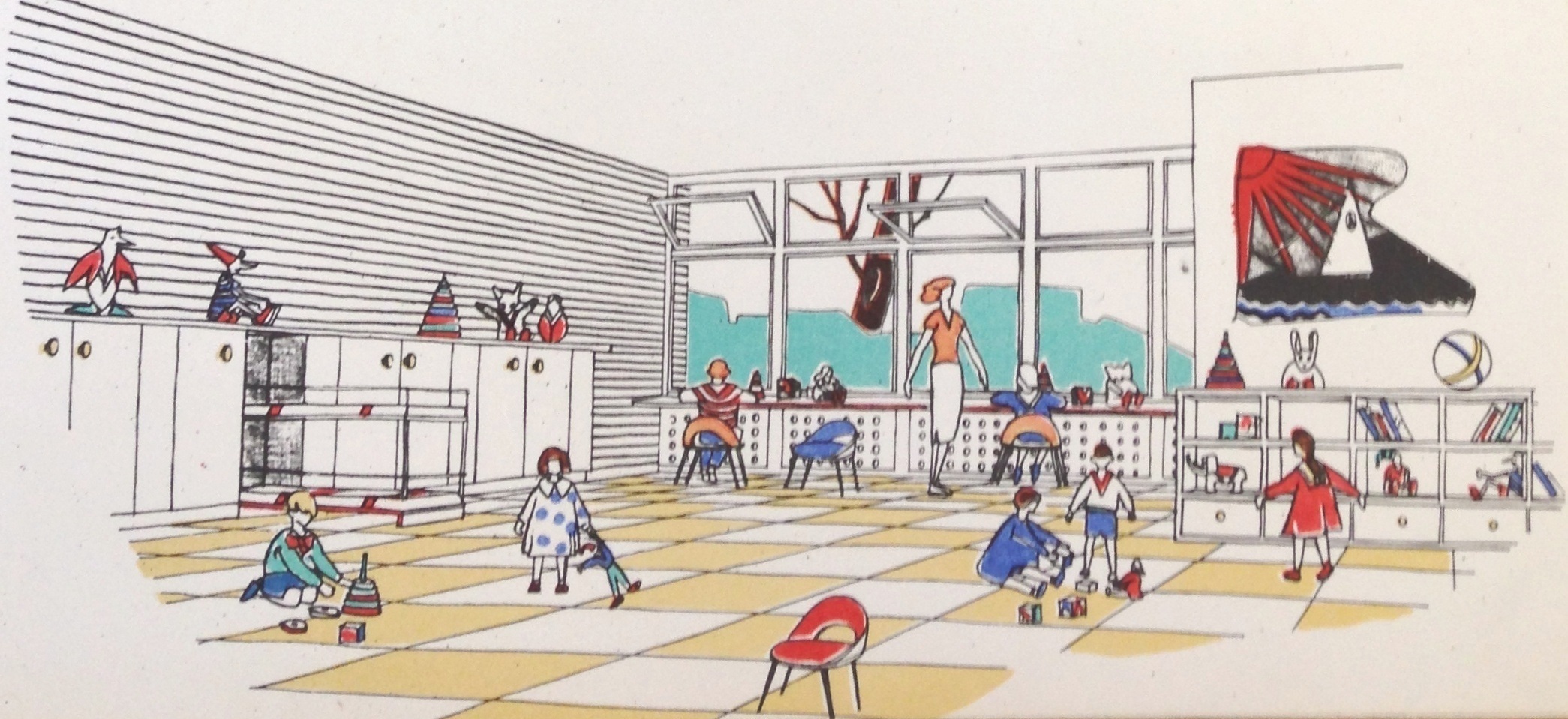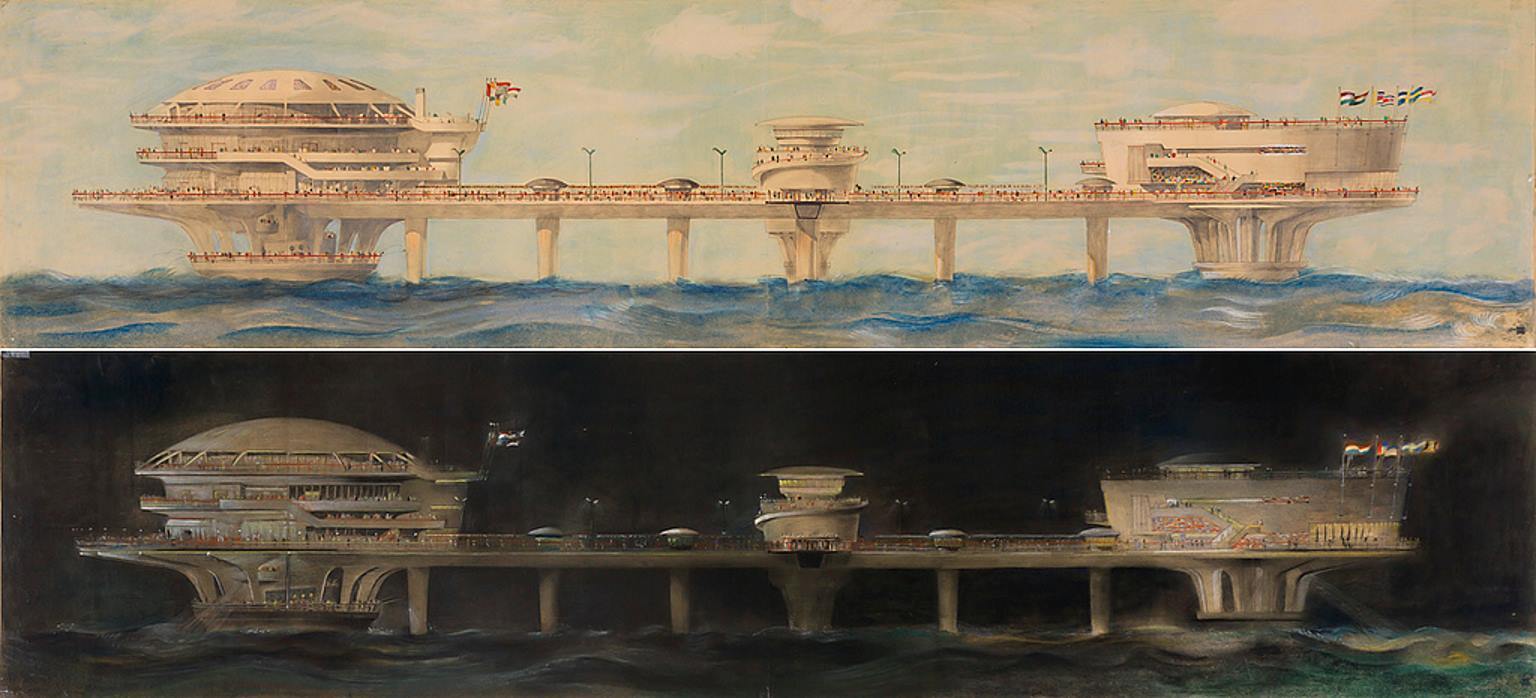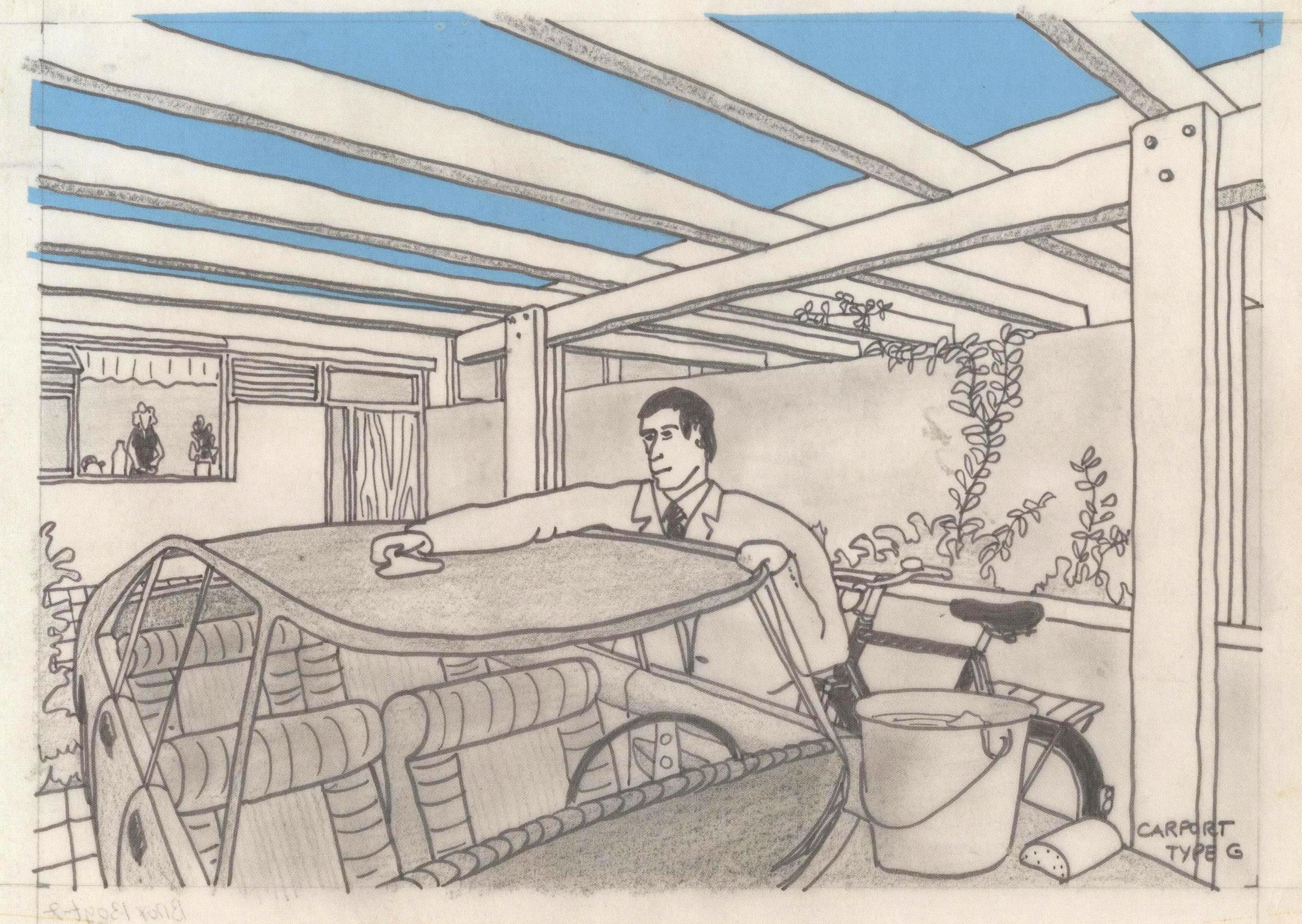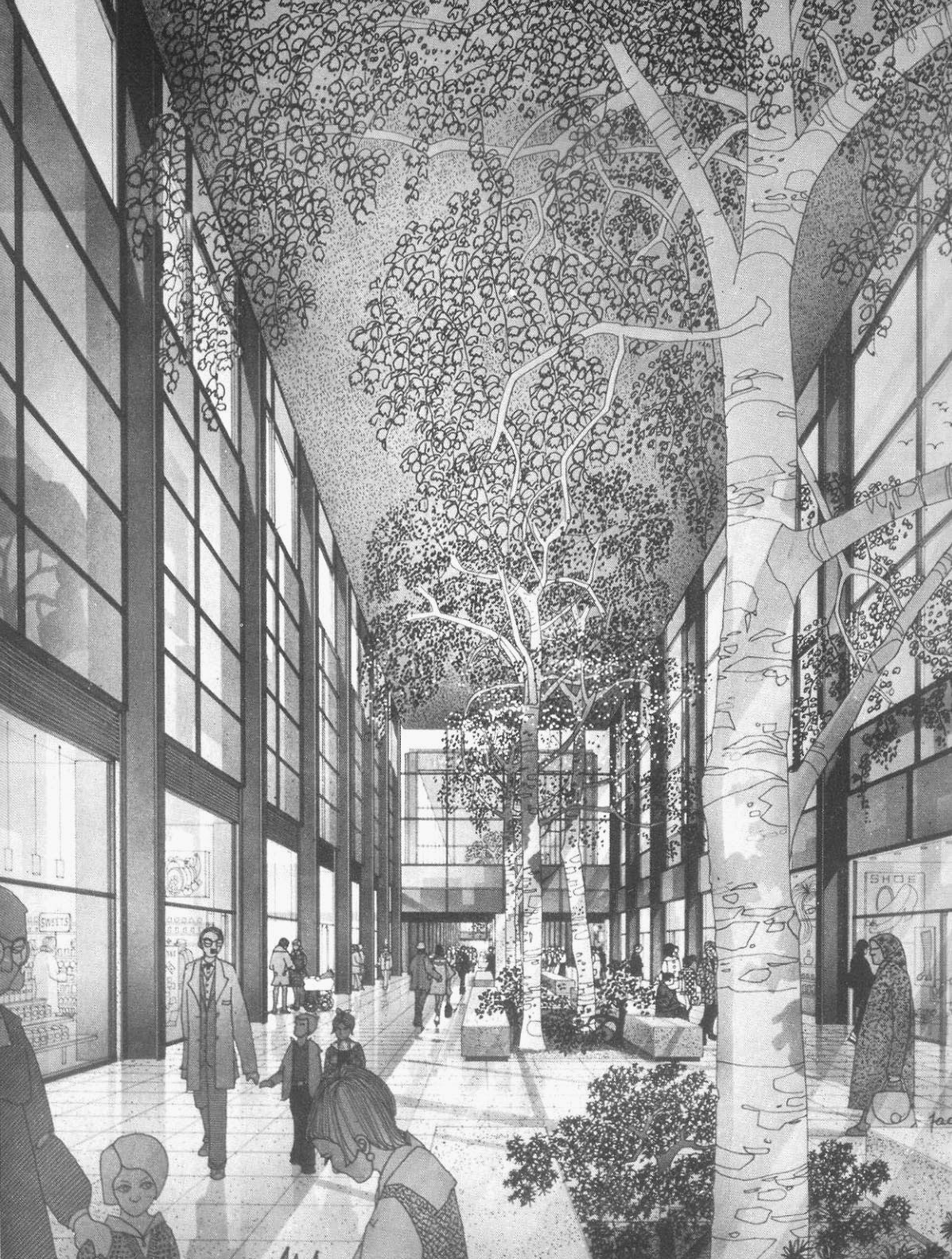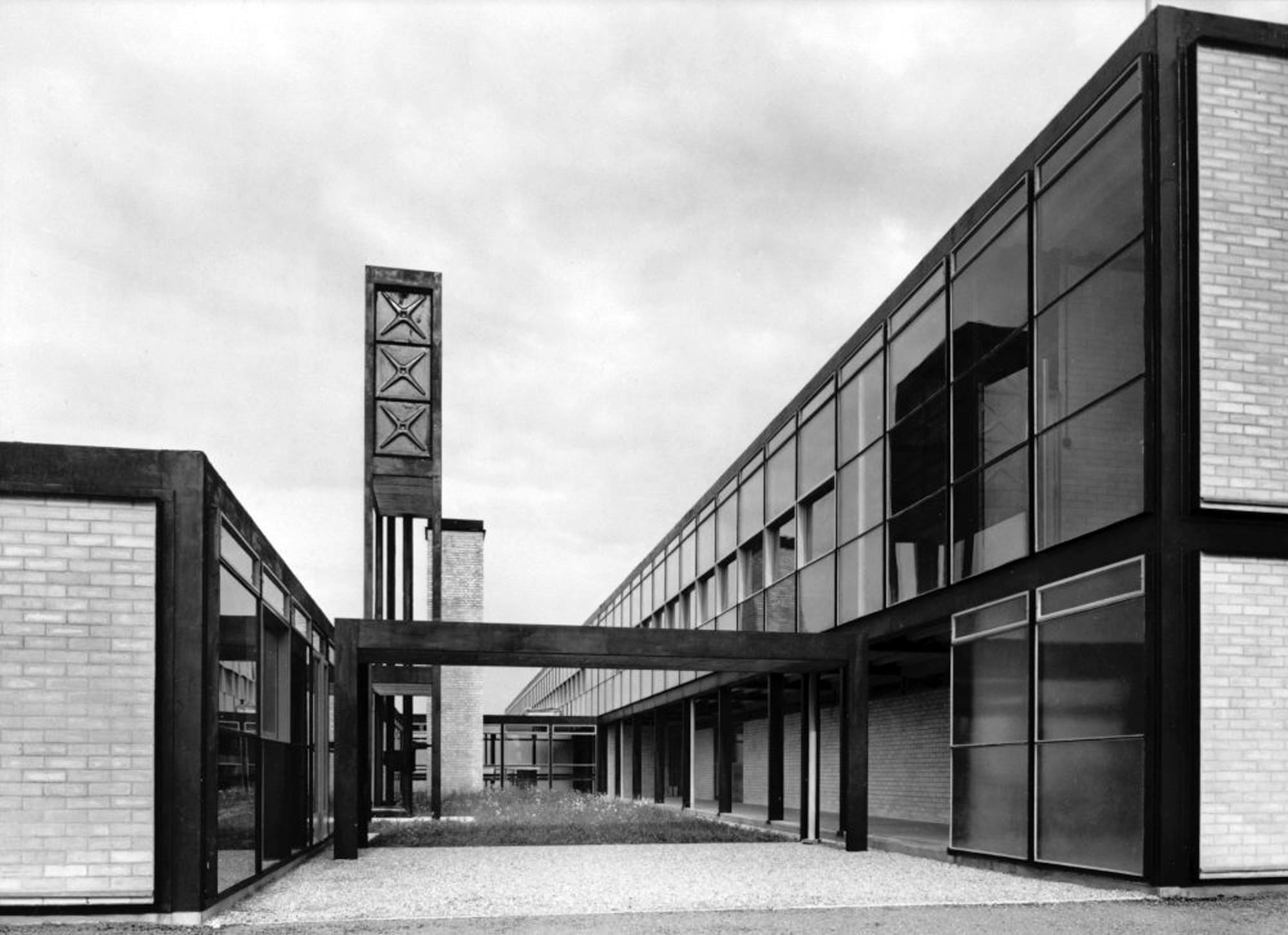This lecture is devoted to the social aspects of the post-war architecture: affordable housing and infrastructure projects. One of the key styles of the new age is brutalism.
In the postwar period, the governments of several countries in Western Europe embarked on large construction programs aimed at achieving social justice. New typologies of schools, universities, cultural, commercial and medical centers, as well as residential complexes were developed and implemented. Whole new cities, where inequality was intended to be overcome, were built. Unlike corporate structures and architecture for the elite, the socially oriented buildings were to be "honest," not seeking to seduce with grace and beauty. In the 1960s and 1970s, Soviet architects were solving similar problems as their Western colleagues, designing buildings with an eye to the communist future.
This lecture will discuss the works of Le Corbusier, Alison and Peter Smithson, Jaap Bakema, Nathan Osterman, and others.
